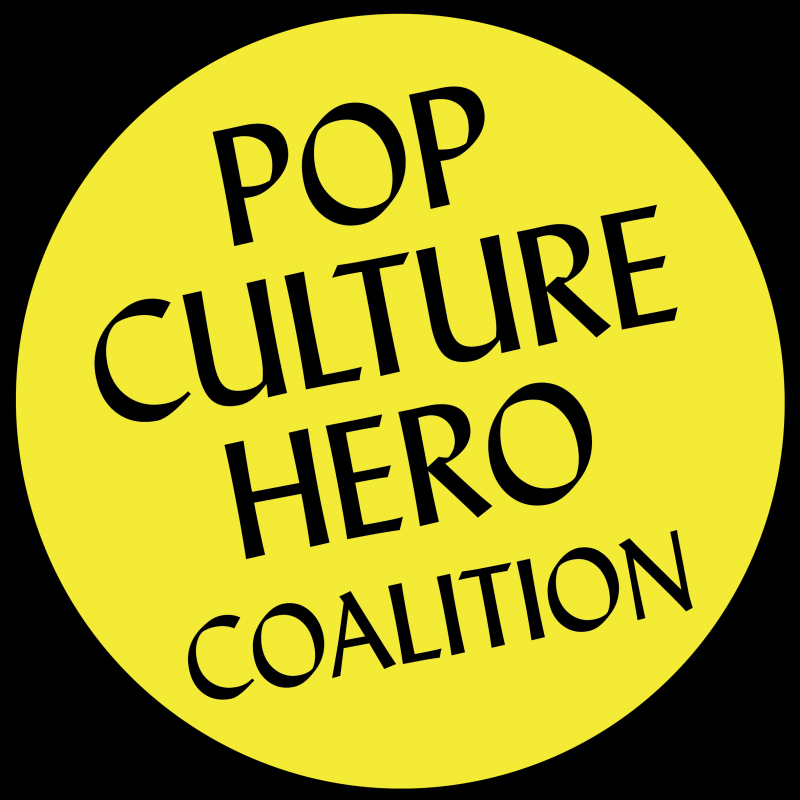

Heroic Journey: Unit 5 - Preventing and Responding to Bullying and Social Conflict
Unit Five: Preventing and Responding to Bullying and Social Conflict
Lesson 1: Bullying versus social conflict
Knowing the difference between bullying and “normal social conflict” helps us to give appropriate responses. Students will learn which behaviors comprise actual bullying, and which behaviors are part of normal social conflict, in order to best respond to each situation.
Lesson 2: How to resolve conflict instead of escalate it
When we have a differing opinion or perspective, or are angry or hurt, how can we strive to resolve the conflict instead of escalating it? By working through this lesson plan, students will be able to identify and implement strategies in two areas: 1) self-comfort; and 2) conflict resolution.
Lesson 3: How to pick friends using emotional intelligence
How can students choose to spend time with people that will support them and fill important roles in their development? Students will consider how it is necessary to have different sorts of people to turn to when working towards common goals and when in need of support.
Lesson 4: Social media: Funny versus mean
Is any short-term positive feedback we receive on an unkind social media post worth the long-term pain it can cause the person targeted by the post? Through this lesson, students will learn techniques to help them empathize with the feelings of a potential target of a mean or bullying social media post. Going forward, they will be able to evaluate whether or not a mean social media post is worth it before publishing.
Lesson 5: Three steps to asking for help when you are being bullied
Sometimes students report to adults that they are being mistreated and the adults don’t do much to help. In this lesson, students will learn a strategy for properly reporting incidents of bullying, which will increase the ability of an adult to effectively help and provide relief.